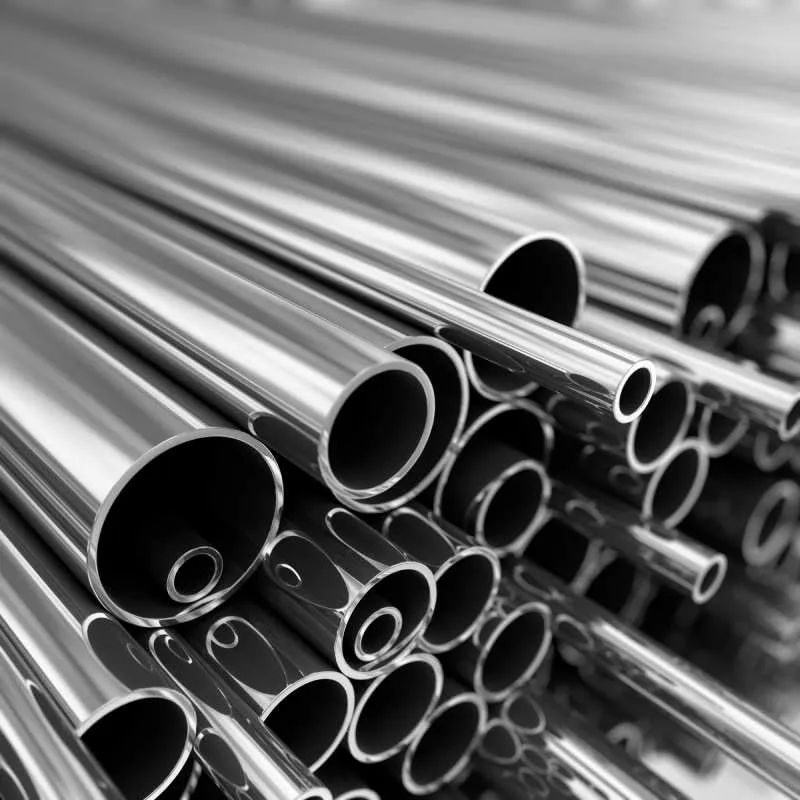-
Cangzhou Yulong Steel Co., Ltd.
-
Phone:
+86 13303177267 -
Email:
admin@ylsteelfittings.com

Nov . 27, 2024 06:09 Back to list
Techniques for Welding Large Diameter Pipes Efficiently and Effectively
Welding Big Pipes Techniques, Challenges, and Best Practices
Welding big pipes is a critical component across various industries such as oil and gas, water treatment, and construction. These pipes, often made of carbon steel, stainless steel, or alloy materials, are essential for transporting fluids and gases over long distances. However, the welding process for large diameters poses unique challenges that require skilled workforce, advanced technology, and best practices in order to produce quality joints and ensure safety.
Understanding the Process
Welding big pipes typically involves several techniques, the most common being the Shielded Metal Arc Welding (SMAW), Gas Tungsten Arc Welding (GTAW), and Gas Metal Arc Welding (GMAW). Each of these methods has its advantages and is chosen based on the specific requirements of the project.
1. SMAW (Stick Welding) This method is versatile and commonly used for fieldwork due to its portability, especially in remote areas. However, it demands a high level of skill as it is susceptible to defects if not executed correctly.
2. GTAW (TIG Welding) Known for providing high-quality welds, GTAW is often used for critical applications in large diameter pipes, particularly those that must withstand high pressure. It allows for better control of the heat input and produces cleaner welds.
3. GMAW (MIG Welding) This method is preferred for its speed and ease of use. It is particularly effective for producing consistent and repeatable results on big pipes, making it suitable for both fabrication and repair work.
Challenges in Welding Big Pipes
Welding big pipes presents a unique set of challenges due to their size and weight
. Some of the major challenges include- Heat Control Large diameter pipes require significant heat input during welding. However, excessive heat can cause warping, distortion, and defects such as cracks or porosity. Operators need to carefully manage the heat to ensure the integrity of the weld.
- Positioning and Alignment Proper alignment is crucial to prevent misalignment during the welding process. Misalignment can lead to stress points and potential failures in the joint. Specialized jigs and fixtures are often utilized to maintain alignment.
welding big pipe

- Accessibility Working with large pipes can limit access for welders, especially if the pipes are positioned in tight spaces or elevated areas. This necessitates the use of scaffolding or other support structures to ensure safety while welding.
- Inspection and Quality Control Due to the critical nature of welds in large pipes, rigorous inspection methods must be implemented. Non-destructive testing (NDT) techniques, such as ultrasonic testing or radiographic testing, are crucial for detecting flaws that may compromise the integrity of the joint.
Best Practices in Big Pipe Welding
To achieve high-quality results in big pipe welding, adherence to best practices is essential. Some key practices include
- Pre-Weld Preparation Thorough preparation of the pipes is necessary. This includes cleaning the surfaces to remove contaminants, ensuring proper fit-up, and preheating if required for certain materials.
- Skilled Workforce A trained and certified workforce is vital to execute welding operations effectively. Continuous training and assessment help ensure that welders maintain high skill levels and stay updated with new techniques and technologies.
- Use of Advanced Equipment Investing in modern welding equipment can improve efficiency and quality. Automated welding machines, for instance, provide consistent welds and reduce human error.
- Post-Weld Treatment Implementing post-weld heat treatment can relieve stresses that develop during the welding process and enhance the mechanical properties of the weld. This is especially important for high-strength steel pipes.
Conclusion
Welding big pipes is a complex but essential process in many industrial applications. It requires a comprehensive understanding of welding techniques, the ability to tackle unique challenges, and adherence to stringent quality standards. By employing best practices and leveraging advanced technology, industries can ensure the reliability and safety of their welded joints, ultimately leading to successful project outcomes. As technology evolves, the future of big pipe welding looks promising, with ongoing innovations aimed at improving efficiency, safety, and weld quality.
Latest news
-
ANSI 150P SS304 SO FLANGE
NewsFeb.14,2025
-
ASTM A333GR6 STEEL PIPE
NewsJan.20,2025
-
ANSI B16.5 WELDING NECK FLANGE
NewsJan.15,2026
-
ANSI B16.5 SLIP-ON FLANGE
NewsApr.19,2024
-
DIN86044 PLATE FLANGE
NewsApr.19,2024
-
DIN2527 BLIND FLANGE
NewsApr.12,2024
-
JIS B2311 Butt-Welding Fittings LR/SR 45°/90° /180°Seamless/Weld
NewsApr.23,2024
-
DIN2605-2617 Butt-Welding Fittings LR/SR 45°/90°/180° Seamless/Weld
NewsApr.23,2024











